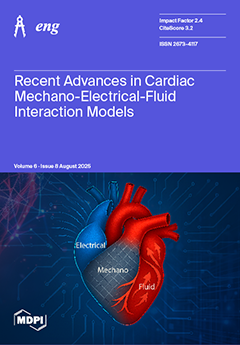To support carbon peaking and neutrality goals in the city transportation sector, this paper accounts for CO
2 emissions from the transport sector in Xuzhou City, North Jiangsu Province, from 1995 to 2023. This study explores the relationship between transport-related carbon emissions and
[...] Read more.
To support carbon peaking and neutrality goals in the city transportation sector, this paper accounts for CO
2 emissions from the transport sector in Xuzhou City, North Jiangsu Province, from 1995 to 2023. This study explores the relationship between transport-related carbon emissions and economic growth, using the TAPIO decoupling index. Meanwhile, a carbon emission prediction model based on the STIRPAT framework is constructed, with scenario analysis applied to forecast future emissions. Results show three decoupling stages: the first, dominated by weak and expansive negative decoupling, reflects extensive economic growth; the second features weak decoupling with expansive coupling, indicating a more environmentally coordinated phase; the third transitions from expansive negative decoupling and weak decoupling to strong decoupling and expansive coupling, suggesting a shift in development patterns. Under the baseline, low-carbon, and enhanced low-carbon scenarios, by 2030, the CO
2 emissions of the transportation industry in Xuzhou will be 10,154,700 tons, 9,072,500 tons, and 8,835,000 tons, respectively, and the CO
2 emissions under the low-carbon scenario and the enhanced low-carbon scenario will be reduced by 10.66% and 13.00%, respectively. Based on these findings, the study proposes carbon reduction strategies for Xuzhou’s transport sector, focusing on policy regulation, energy use, and structural adjustments.
Full article





